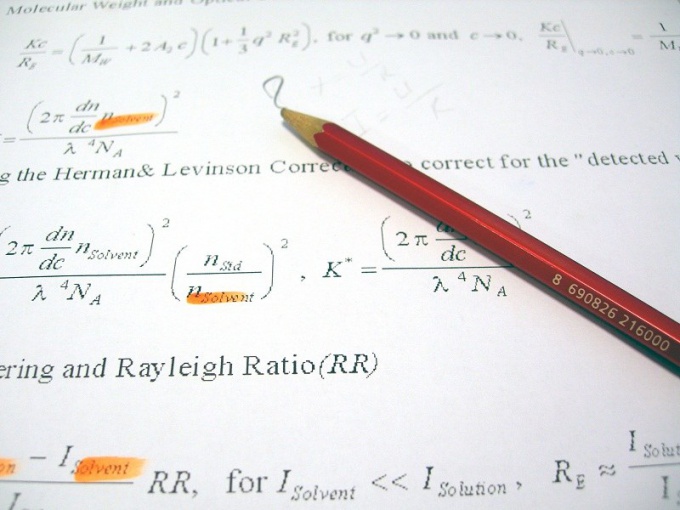Instruction
1
If the sign module is a number whose value you know, then disclose it is very simple. The absolute value of a, or |a| will be equal to this number if a is greater than or equal to 0. If a is less than zero, i.e. is negative, its modulus is equal to its inverse, that is, |a|=a. According to this property, modules of opposite numbers are equal, i.e. |-a|=|a|.
2
In that case, if podmodelnuju expression raised to the square or even to another degree, you can just omit the parentheses of the module, since any number raised to an even exponent, is nonnegative. If you want to extract the square root of the square of the number, it will also be a module of that number, so the modular brackets can be omitted in this case.
3
If pwdmodule terms are non-negative integers, they can be brought outside of the module. |c*x|=c*|x|, where C is a nonnegative number.
4
When an equation of the form |x|=|c|, where x is the desired variable, and c is a real number, it is disclosed it should be as follows: x=+-|c|.
5
If you want to solve the equation that contains the module expression, the result of which must be a real number, then the sign of the open module, based on the properties of this uncertainty. For example, if you have the expression |x-12|, then if (x-12) is nonnegative, it will remain unchanged, that is, the module will appear as (x-12). But |x-12| turn-in (12-x) if (x-12) is less than zero. That is, the module disclosed depending on the value of a variable or expression in parentheses. When the sign of the result of the expression is unknown, the problem becomes a system of equations, the first of which considers the possibility of negative values podmodelnuju expression, and the second is positive.
6
Sometimes the module can be clearly reveal, even if its value is unknown for this task. For example, if the module is a square of a variable, the result will be positive. Conversely, if there is obviously a negative expression, the module reveals the opposite sign.

